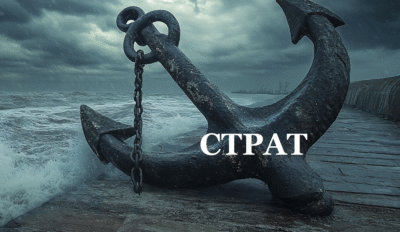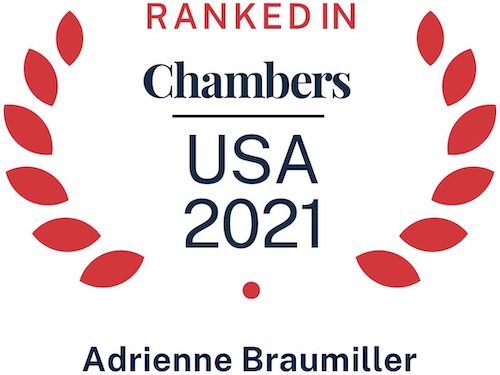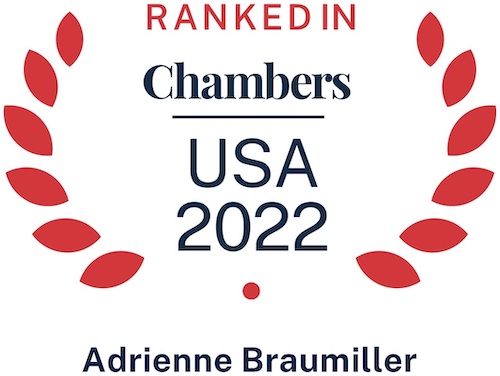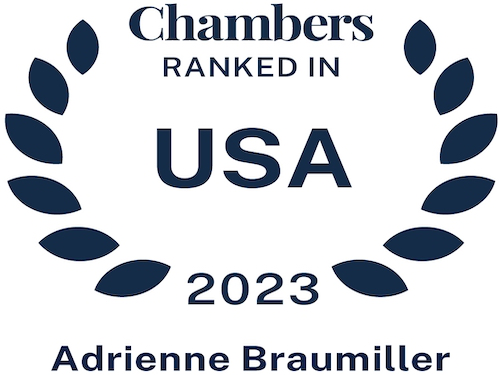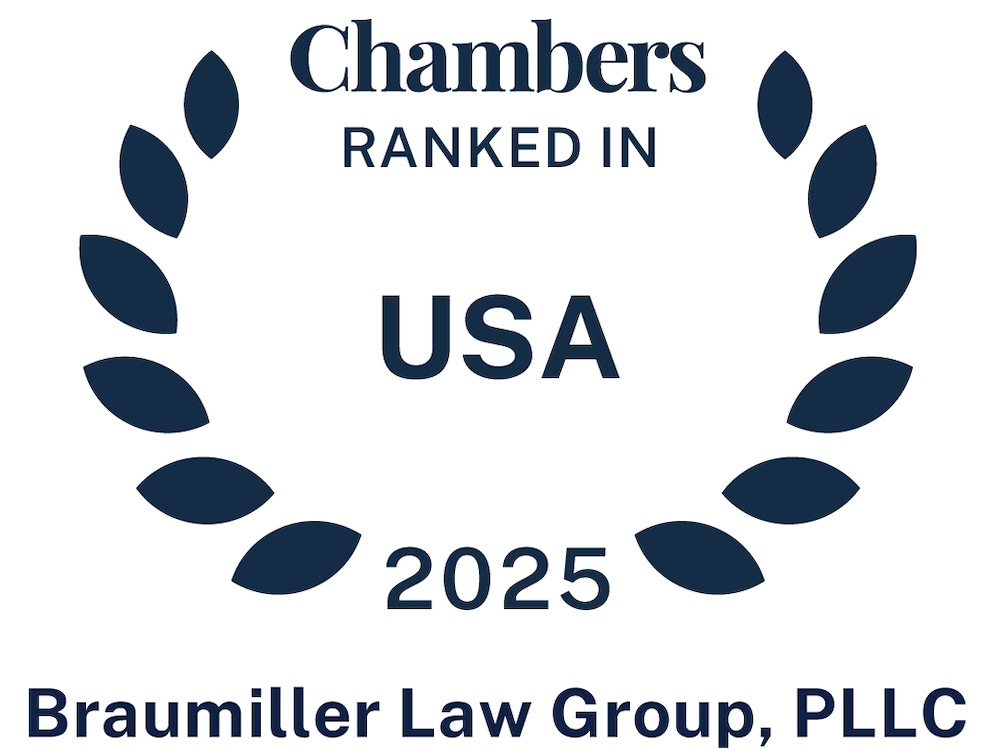CTPAT: An Anchor for Weathering the Trade Storms
A few weeks ago, at the Trade and Cargo Security Summit, held in New Orleans, we learned that CBP (Customs and Border Protection) WAS NOT going to discuss the current administration’s policy during the conference. (Cue the dramatic music). Will you feel better if I tell you the groan across the audience was conspicuously audible? No? Well, I tried. So, let me take a different approach and tell you about the positive emphasis on utilizing the tools available that can help trading partners prepare for uncertainty and instability, including CTPAT membership. Leveraging your participation in the CTPAT program provides a strategic advantage in navigating changes in trade policies, allowing your company to quickly respond to new challenges.
As the government moves toward a more “stick” than “carrot” approach to trade enforcement the CTPAT participant who is thinking about abandoning the program now, as the global trade winds are stirring up a frenzy, is like deciding to patch up a leaky roof just as hurricane is about to come on shore. CTPAT membership is less of a luxury and more like a super reliable umbrella and you can be really glad to have it.
As the trade landscape continues its unpredictable dance, a CTPAT membership becomes a strategic imperative with tangible benefits. I am all about everyday reality in seeing benefits and understanding their impact. Whether you have been a long time member of the program or are looking into participating, you have heard of the “trusted trader” status as translating into fewer inspections and expeditated border crossings. In practice, when information and documents associated with an entry are accessed, the status of the importer as a CTPAT member is automatically visible to CBP. So, let’s put that into reality: if your shipment hits a snag due to something totally out of left field – like a port suddenly being unavailable because of, say, a bridge collapse, (we’re looking at you, Baltimore!), or dockworkers deciding it’s time for a relaxing vacation on the beach – your CTPAT cargo gets the VIP treatment during slowdown, and once things are back up and running your cargo has the golden ticket and will be fast-tracked to the front of the line, getting your goods moving again while others are still impatiently waiting their turn.
Beyond the expedited port/border processing, CTPAT members also gain access to a singularly unique resource: a dedicated CBP Supply Chain Security Specialist (SCSS). If you understand and treat the program as the industry-government collaboration it is intended to be, your SCSS is like your personal guide through the complex world of CBP security. While specific, publicly detailed case studies are rare due to the sensitive nature of supply chain security, let me illustrate a practical application of an SCSS’s role with a common scenario.
Regarding SCSS Guidance:
The Challenge: A company, “Global Importers Inc.,” (GI) learns about new CTPAT Minimum Security Criteria (MSC) related to cybersecurity. Their IT department isn’t fully up to date on international trade security nuances. So, GI reaches out to their SCSS.
SCSS Assistance: The assigned SCSS holds a virtual meeting with GI’s CTPAT Point of Contact and the IT team. The SCSS clarifies the new MSC, provides examples of how other companies are implementing similar measures, and points them to relevant CBP resources and offers best practices guidelines for further consideration. They might even suggest a phased approach to implementation.
The Outcome: GI is able to proactively integrate the new cybersecurity requirements into their existing CTPAT program with the assurance of understanding the criteria and avoiding potential non-compliance issues during their next validation. All while strengthening their overall security posture.
Another Scenario regarding Resolving a Customs Hold:
The Challenge: “Swift Logistics Co.,” a CTPAT certified carrier, has a shipment held at a port for an unexplained reason, causing significant delays and potential penalties. Their usual communication channels with CBP are yielding no responses or slow results, which is affecting the company bottom line.
SCSS Assistance: Swift Logistics reaches out to their SCSS. The Specialist, leveraging their internal knowledge and access, can quickly investigate the specific reasons for the hold. They then can facilitate communication between Swift Logistics and the correct port officials, clarify any confusions or misunderstandings, and even identify administrative errors that can be swiftly rectified.
Outcome: The SCSS’s intervention expedites the release of the cargo, minimizing the delay and associated costs for Swift Logistics Co. and their client. This also demonstrates the “front of the line” benefit in the case of a hold or inspection, and the value of a direct SCSS/CBP contact during critical incidents.
Another key benefit of CTPAT certification is a favorable reputation in the marketplace which directly translates into a competitive edge over non-certified businesses. Facing uncertainties about trade routes and market viability, businesses can leverage the robust supply chain security knowledge within CTPAT and other global security programs to make well-informed decisions. This trust is extremely valuable in negotiating contracts or possibly needing to find alternative suppliers. And when your whole supply chain is a security superstar, it’s not just best practice, it’s a delicious way to earn serious validation kudos!
If your business entity is a carrier, broker, warehouse, or consolidator, CTPAT offers significant marketplace benefits by enhancing service offerings and strengthening client relationships. It establishes you as a trusted expert in the trade compliance arena with several value added attractions:
Enhanced Client Service and Value Proposition:
Expert Guidance: CTPAT-certified service entities can provide invaluable guidance to their clients. Brokers, particularly, are able to offer top-notch assistance in evaluating supply chain security, spotting vulnerability hiccups, identifying potential “red flags,” and suggesting corrective actions that will meet the MSC standards if needed. These are huge value-adds that make your services super appealing.
Stand Out from the Crowd: A CTPAT certification makes you shine. It distinguishes a service provider as a leader in security and compliance, attracting clients who are serious about a secure and efficient supply chain. Importers are actively looking for CTPAT business partners, especially when dealing with trickier supply chain puzzles.
Stronger Relationships with CBP: CTPAT membership places a service provider in that “trusted partner” club. This means smoother interactions, better access to the flow of information, updates, and direct communication channels with CBP. And even a direct line to your very own SCSS. It’s like having an insider edge!
Keeping the Chain Safe & Sound: By guiding clients towards maintaining their CTPAT compliance program, you’re essentially building a safety net. The real payoff? Way fewer annoying delays, inspections, and costly penalties on their shipments. Seriously, we’ve talked about this, but it really smooths things out for everyone’s operations and helps the bottom line.
Plus, when a supply chain is fully inclusive of CTPAT certified service providers you are inside a super-secure vault. If a client faces a compliance issue, the service providers CTPAT status can be a mitigating factor, potentially leading to reduced penalties.
In summary, CTPAT certification is not just for direct transactional benefits. It’s a strategic move that enhances professional reputation, deepens client relationships, improves internal security, and solidifies their role as essential partners in the secure and efficient movement of international trade. In short, the certified and validated entity offers an anchor for weathering trade storms. Don’t let it slide!

